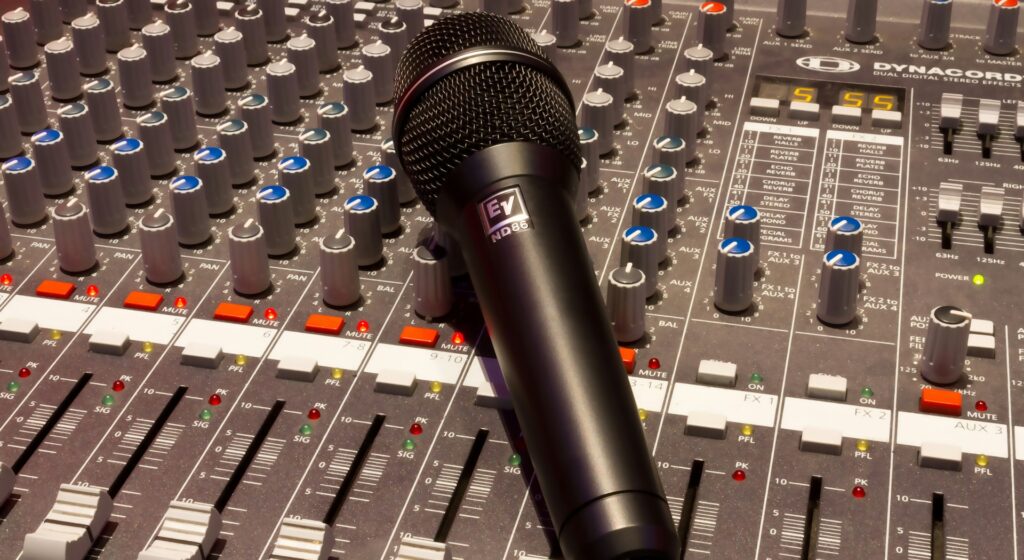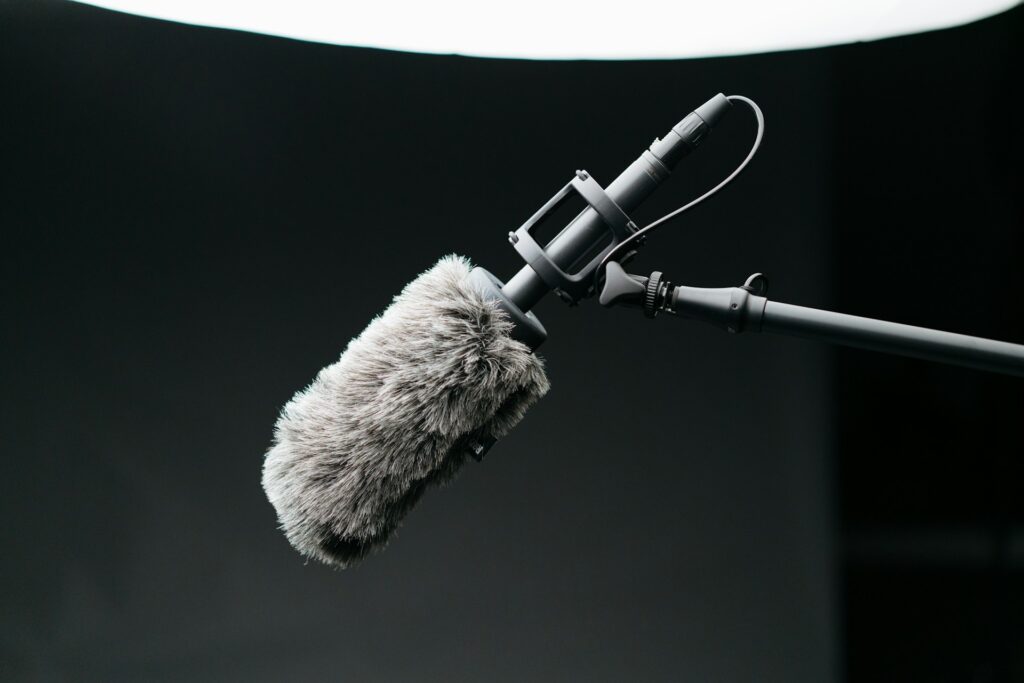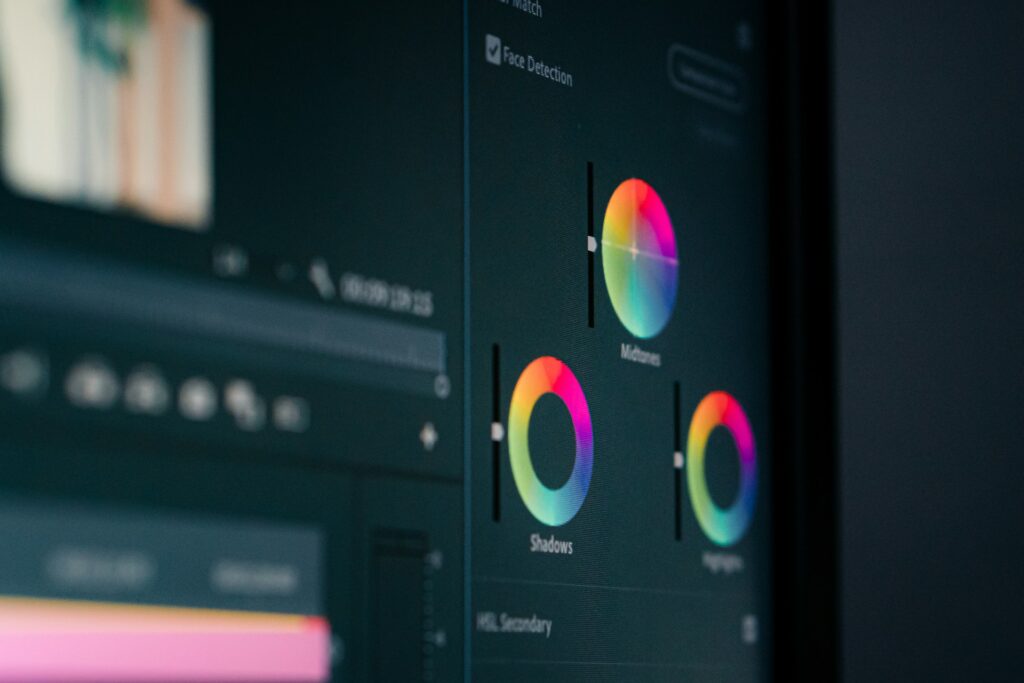What is the best video camera for a beginner videographer: Part 2
When diving into the world of videography, one of the most common questions I see is: What’s the best camera for a beginner? Whether you’re looking for a budget-friendly option or something geared towards professional videography, the choices can feel overwhelming. In the first part, I touched on cameras and tripods, but now it’s time to explore some other essential gear.
Sound Matters—It’s More Than Just the Image
So, you’ve set up your camera and tripod—ready to hit the record button? Not so fast. In most cases, capturing quality sound is just as important as getting the perfect shot. Whether it’s dialogue, ambient noise, or the crisp sounds of nature, you’re going to need a microphone. And here’s where things get interesting.
Microphones come in many shapes and sizes, each designed for different scenarios. Ever noticed those tiny mics clipped onto presenters’ shirts? Those are lapel mics—ideal for indoor interviews or presentations. They can connect via cable or wireless radio transmitters, making them convenient. However, if you’re filming outdoors on a windy day, they’re not the best choice.
For street interviews or studio audience interactions, a handheld microphone is a much better option—especially with a windshield to cut out unwanted gusts. Those fluffy, oversized covers you see at the end of long poles? That’s a professional-grade windshield, working hard to keep audio crisp and clear.


But what if you’re capturing a group discussion and don’t have enough microphones? An omnidirectional microphone is your go-to, as it picks up sound from all directions. On the flip side, if you need precise audio from one direction, a shotgun microphone with a super-cardioid polar pattern will do the trick. Like cameras, there’s no one-size-fits-all solution, but understanding your needs will help narrow down the choices.
The Secret Tool: Colour Charts
Now, here’s a piece of equipment that isn’t a necessity when starting out, but once you see it in action, you’ll wonder how you ever worked without it. Enter the colour chart—an often-overlooked tool that makes colour correction in editing far easier.
You’ve probably spotted colour charts in behind-the-scenes footage or mock filming sequences. The ones with a clapper that snaps shut? Those were originally used to sync visual film with sound recordings, though today, digital timecode handles that.

However, colour charts today come in different forms and still play a vital role in ensuring accurate colour reproduction in post-production. Since lighting conditions impact how colours appear, cameras must be calibrated for white balance every time you film. The precisely crafted squares on a colour chart help editors restore the true colours captured during production.

Wrapping It Up
This was a crash course in essential videography equipment—just enough to get the gears turning. If anything, it probably sparked more questions than answers, but that’s a good thing! Understanding what you need and why will set you up for success when researching the best tools for your setup. Happy filming! 🎥